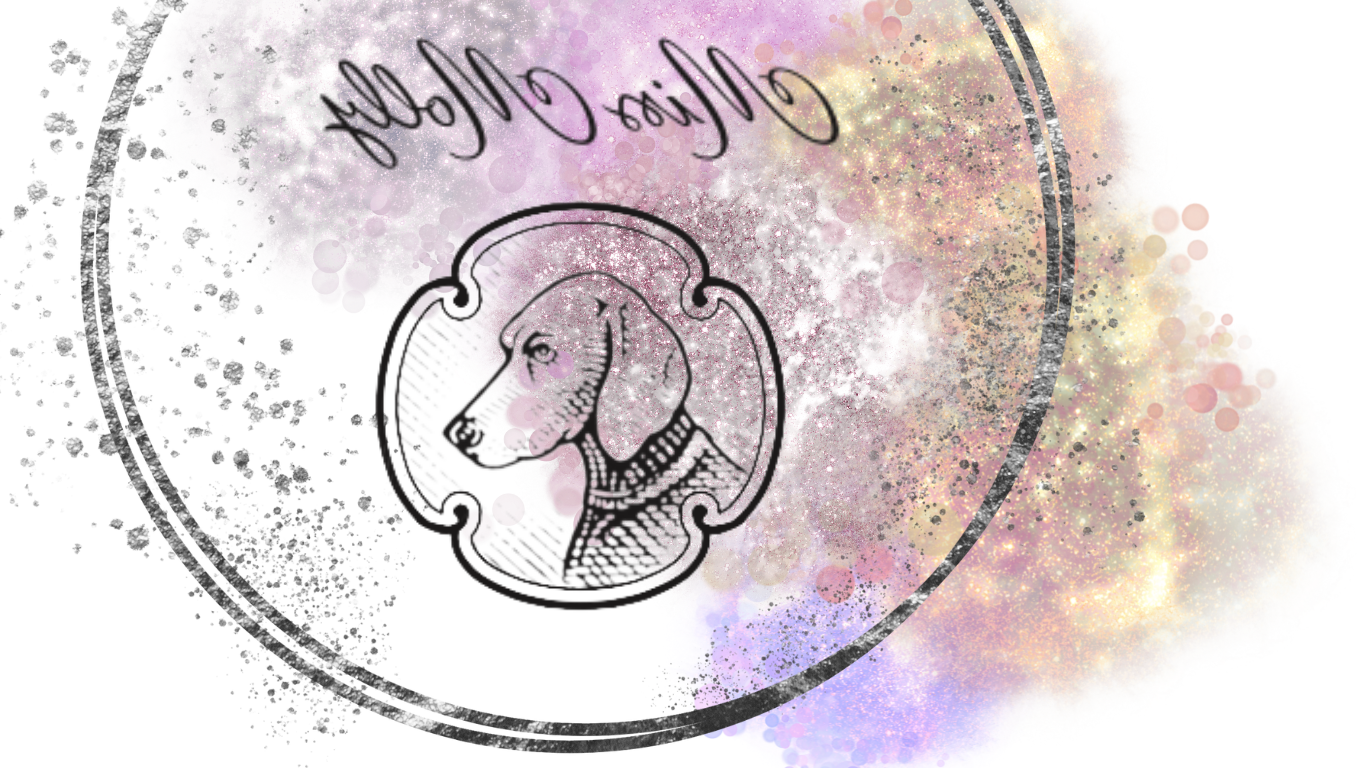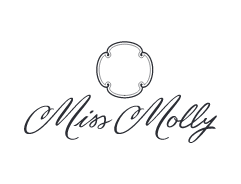
In the winter of 1988, I experienced what it was like to attend school in regulatory school uniform short pants. Just a few months before I had enrolled in what was then known as Sub A (Grade 1) at Dale College Boys Primary School. Wearing short pants during an Eastern Cape winter is extremely unpleasant especially when you are young enough to have a body fat percentage close to zero percent.
Approximately 1100 km away and occurring at the same time I was experiencing “frost burn” in my legs, a new vine cultivar was being introduced to Môreson Wines.
At the time, Môreson Wines had been planted to cultivars such as Steen (Chenin blanc), Sauvignon blanc, Colombard and SA Riesling. The oldest vineyard, sadly not around anymore was a 3.58 hectare vineyard of Chenin blanc planted in 1968. Most if not all of these vineyards were planted to supply the local Franschhoek wine cooperative with grapes as per our agreed quota.
During the winter of 1988, 2.42 hectares of prime soil location was being prepared for the arrival of the new Chardonnay CY 277 cuttings. Chardonnay was a relatively new wine grape cultivar in South Africa with the first certified plantings only taking place in the early 80’s.
The new Chardonnay vineyard being planted on Moreson that year was momentous for two reasons:
In 1998, Moreson had decided to become a private estate producer opting to plant Chardonnay for Cap Classique production.
In 2017, Moreson only grows Chardonnay on the estate opting to produce a variety of styles from a vast array of clones.
Whether we knew it or not, 1988 was the start of Moreson’s journey into Chardonnay production. The new vineyard was planted and named B7 designating Blois 7, Blois being the name of the subdivided section that comprises Moreson Wines.
For 25 years, this vineyard provided the base wine for the former Moreson Blanc de blancs and today the Moreson Solitaire Blanc de blancs. Up until 2014, B7 was the majority component of our Solitaire blend. The maturity of the vines produced grapes that were ideal for Cap Classique production displaying raw minerality (stony, steely, flint & chalk)
Sadly, the vineyard were infected with leaf roll virus and in all likelihood was infected with the virus at the time of planting. Clean and certified planting material was a misnomer in the early years and through time, the virus began to infect the vineyards. Since my arrival at Moreson Wines in 2007, we continued to produce base wine from B7. The effects of the virus had not taken its grip fully as yet and we were content with the quality of the final base product. As time progressed, we started noticing a gradual decline in the quality of the wines. Each year, the effect of this gradually increased. As a counter measure, we improved our pressing techniques by fractioning off small percentages of the Cuveé juice (first pressing) and kept this separate until it was time for blending.
By 2014, we had exhausted our pressing tactics and could not with a clear conscience continue to utilise B7 inside the Solitaire blend.
At Moreson Wines, we have a zero tolerance on compromising grape and wine quality. The 2014 vintage was the last vintage to have wine from B7 in the final blend. It was also the year that we started to introduce our new vineyard M03, planted in 2008 into the Solitaire blend.
Between 2015 and 2017, we reluctantly discussed the removal of B7. The vineyard was almost completely infected with virus and concerns of the virus spreading was a real issue.
This winter, exactly 30 years on we removed B7. It will be remembered as the vineyard which established our journey into Chardonnay.
The land which B7 was planted will lie fallow for the next two years. A new still wine clone of Chardonnay is currently being investigated for suitability in this area with planting commencing in winter of 2019, perhaps another significant milestone year for Moreson Wines.
Let's see!

